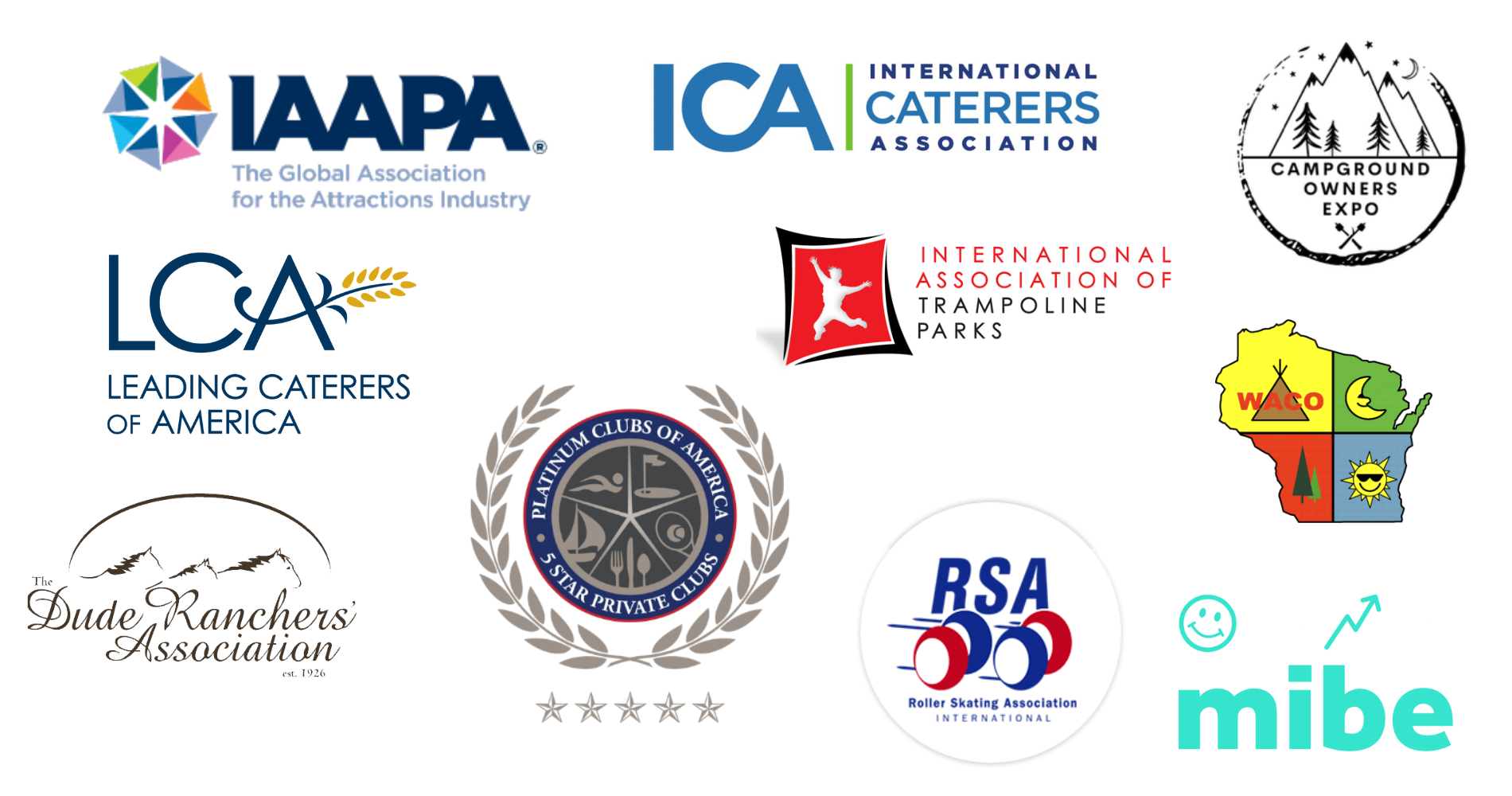What You Should Know About Shortages and Pricing
/As we approach the thick of summer, COVID-19 continues to challenge the special events industry and all of us who operate businesses within it. Due to supply chain complications, it’s looking like the catering industry will be hit the hardest. Even after we return to ‘business as usual,’ we’ll likely still be facing challenges in sourcing the ingredients that we need. Of course, that means food prices will go up and, as a result, our menu pricing may need to go up as well.
Let’s take a look at what we can expect in the way of post-pandemic food supplies and how our budgets will be impacted as we reopen.
Understanding shortages
Since the pandemic started rolling out in March (or prior in other countries), we’ve seen all sorts of product and food shortages affecting people around the world. Toilet paper certainly got its fair share of media time, but the supply chain issues go far beyond household goods.
Factories have shut down to prevent the spread of the virus and international travel has nearly come to a halt, making food sources scarce and putting ingredients at a premium. This has especially impacted the meat industry; frozen meat is regularly available, but fresh meat is still hard to come by in bulk.
Naturally, this roadblock has caused prices to spike for products that are still available. Many of us haven’t noticed this too much as our own events have been on hold, but that means that, upon reopening the industry, we will be facing the dual challenge of inflated costs after months of decreased income. That leads us to pricing.
Evaluating expenses and pricing accordingly
The truth is that we are already pretty used to losses — as caterers, that’s part of the game. However, we’ve never before faced such a massive loss of income and in such a collective manner. We all need to recover and, to do that, we need to recoup our losses. At the end of the day, you need to earn more than average to make up for lost time. How you do that, though, will vary by company.
For some, this could look like an added flat fee for rebooking, or perhaps it’s a scaling fee based on the final invoice amount. Another option is simply to increase menu pricing by a certain percentage that aligns with the increase in cost of goods. If raising prices off the bat feels uncomfortable in these times, you may consider adding new services or products to your offerings for more opportunities to upsell your clients. The important thing is that you find a solution that works for your business and your clients.
In addition to heightened prices for sourcing food, caterers will also be responsible for supplying health and safety supplies for their team members. This means we also have to budget in the cost of masks, gloves, sanitizer, face shields, and more. These will be a necessity for some time, so these costs should be built into your pricing for clients. Consider including a COVID-19 line item to your invoices to maintain transparency with your clients.
As you evaluate your pricing structure and how it must adapt to the circumstances, remember that these changes will impact the future expectations for your business — and even the industry at large. The point is not to overcharge customers until your budget balances out; instead, you need to make intentional adjustments to your pricing structure to ensure your costs are being met while still ensuring your clients receive a fair and justifiable price.
As we inch closer to the ‘new normal,’ you’ll want to keep these considerations in mind as you start to map out your game plan for the busy fall and winter seasons ahead. Most clients will understand the situation as the pandemic has impacted everyone, so keep moving forward and making the best decisions for your business.



